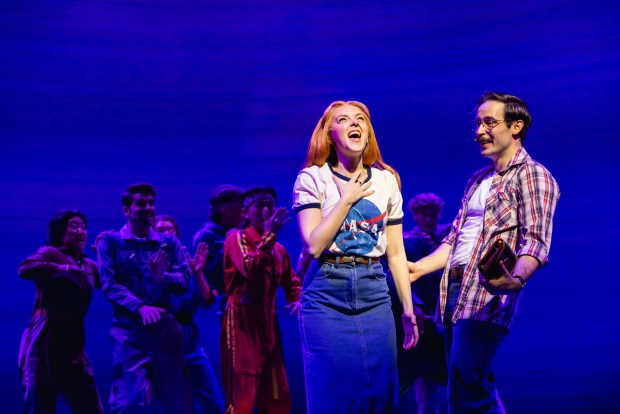When O.J. Simpson’s death was announced last week, millions of people went back a generation and reflected on the events of June 1994 and the ensuing criminal trial.
Yet three people with North Shore connections thought back on their interactions with Simpson and the impression he gave to them.
Simpson initially became famous through his Hall of Fame football career and later as an actor and broadcaster. Yet that celebrity became notorious in June 1994 when he was charged with the double murder of his ex-wife Nicole Simpson and Ron Goldman where he was later found not guilty. In 1997, he was found liable for their deaths in a civil trial.
After Simpson retired from the NFL at the end of the 1979 season, he remained part of American culture as an actor, commercial pitchman and broadcaster including serving as an NFL analyst, first at ABC and then at NBC.
It was at NBC where Winnetka’s Mike Leonard worked with Simpson. Leonard was a longtime Today Show correspondent, but in 1989, he did some feature reports for NBC’s NFL Live, the network’s pre-game show. Simpson was part of the NFL Live team and Leonard said he often a get a big hug and enthusiastic greetings from Simpson at the New York studio or at a game site.
“He was super friendly and super cheerful,” Leonard recalled, saying he thought well of Simpson due to those interactions ahead of the murders. “Unfortunately that is how we make assessments both positive and negative of people.”
Leonard only worked on the pre-game show for that one season and does not recall seeing Simpson all that much after that. He said he was not aware of Simpson’s personal life and never met Nicole.
However, his interactions with Simpson led to an overall reassessment on interactions with others.
“It was a stark reminder that we often judge people erroneously simply by a small exchange and a warm hello,” he said. “I didn’t feel bad about how I was positive about my experience with him because I did not know. I don’t say I’m cynical but I say I am wiser now.”
Leonard laments the events of June 1994 including the infamous slow speed chase on the California freeway and the impact it had on viewing habits, tracing it to greater interest in reality television and frenetic media coverage.
“I was thinking this was the beginning of something bad,” Leonard said.
Another person who interacted with Simpson as a broadcaster was Ken Valdiserri, who worked for the Chicago Bears public relations director where he assisted broadcasters ahead of games.
Valdiserri remembered Simpson would occasionally come to the previous Halas Hall in Lake Forest to interview key players and coaches.
“I was very impressed with him,” Valdiserri said. “He was a Hall of Fame running back at the time and had it all going for him. He was a fan favorite.”
Valdiserri said through a mutual friend and NFL colleague, he went to the Brentwood house a couple times where the murders were committed, but he also did not meet Nicole.
Valdiserri reflected on the events of June 1994 and what he was thinking at the time.
“It took everyone by surprise because of OJ’s persona,” he said. “He was an All-American kind of a guy. He had it all going for him. But behind the curtains, which we often don’t see, he had a temper that was uncontrollable.”
Valdiserri, a one-time resident of Wilmette and Deerfield, spoke of an indifference he felt when he heard Simpson died last week.
“The word that came to mind with me was karma,” he said. “That was the first word that resonated with me. I don’t know if he ever admitted to the murders.”
The American public knew Simpson in the 1960s for his prowess on the football field. He captivated football fans by winning the 1968 Heisman Trophy at USC and later as an NFL running back in the 1970s leading to his induction into the Pro Football Hall of Fame.
Retired Chicago Tribune NFL writer Don Pierson first became aware of Simpson when he starred on the track and field team at USC as well as his ability in football.
While the Bears were his main responsibility, Pierson noted he wrote about Simpson occasionally, noting he was always accessible to the press, which is not the case for some athletes.
He remembered traveling in advance of a Monday Night Football game to interview Simpson who invited him up to his room for what turned out to be a 45-minute conversation.
“He was not only the best player in the league in the early 70s, he was the best interview,” Pierson said. “He was a terrific quote. He was savvy and knew what you wanted.”
Pierson believes the Simpson story serves as a caution there is no real way to know what athletes are like.
“I use him as an example,” Pierson noted. “No matter how much exposure players get and as big of celebrities these guys become you really don’t know them.”
Daniel I. Dorfman is a freelance reporter with Pioneer Press.




